A question for passive storage afficionados
10 years ago
Related Stories

KITCHEN DESIGN9 Questions to Ask When Planning a Kitchen Pantry
Avoid blunders and get the storage space and layout you need by asking these questions before you begin
Full Story
GREEN BUILDINGHouzz Tour: Passive House in Vermont Slashes Heating Bills
Its ecofriendly, low-maintenance design leaves a family with more time to relax and enjoy the weekend home
Full Story
GREEN BUILDINGConsidering Concrete Floors? 3 Green-Minded Questions to Ask
Learn what’s in your concrete and about sustainability to make a healthy choice for your home and the earth
Full Story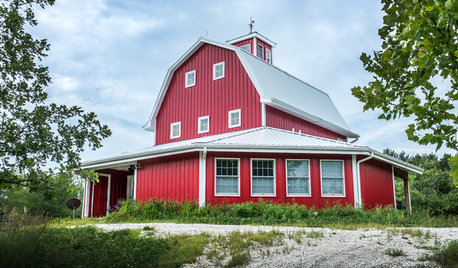
BARN HOMESHouzz Tour: An Energy-Efficient Barn Graces the Nebraska Landscape
Passive-house technologies and a rain-harvesting and greywater system conserve natural resources in this weekend country home
Full Story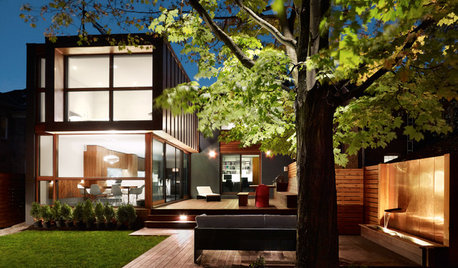
CONTEMPORARY HOMESHouzz Tour: Sleek and Neat in Toronto
Clean lines and generous hidden storage give a renovated home for 4 a more spacious look without a bit of clutter
Full Story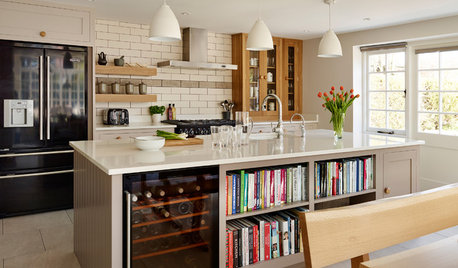
STANDARD MEASUREMENTSKey Measurements for a Wine Cellar, Part 1
Find out the best ways to store your stash and how much space you need for wine refrigerators, racks and other storage
Full Story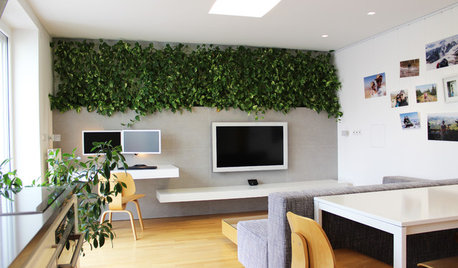
HOUZZ TOURSMy Houzz: LEDs and a Living Wall Color a Minimalist Slovakian Home
Thanks to a modern overhaul, this small Central European apartment is now a testament to efficiency and thoughtful design
Full Story
BASEMENTSDesign Workshop: Is It Time to Let Basements Become Extinct?
Costly and often unnecessary, basements may become obsolete — if they aren’t already. Here are responses to every reason to keep them around
Full Story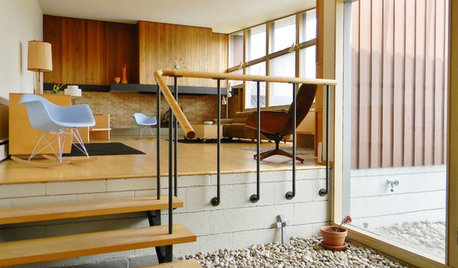
HOUZZ TOURSMy Houzz: Original Drawings Guide a Midcentury Gem's Reinvention
Architect's spec book in hand, a Washington couple lovingly re-creates their midcentury home with handmade furniture and thoughtful details
Full Story
GREEN BUILDINGHouzz Tour: See a Maine House With a $240 Annual Energy Bill
Airtight and powered by the sun, this energy-efficient home in a cold-winter climate is an architectural feat
Full Story







curlygirl
sand_muellerOriginal Author
Related Professionals
Signal Hill Landscape Architects & Landscape Designers · Edmond Landscape Contractors · Alamo Landscape Contractors · East Lake-Orient Park Landscape Contractors · Goodlettsville Landscape Contractors · Hilo Landscape Contractors · Indio Landscape Contractors · Painesville Landscape Contractors · 07920 Landscape Contractors · Belleville Solar Energy Systems · Benicia Solar Energy Systems · Compton Solar Energy Systems · Lakeville Solar Energy Systems · Lodi Solar Energy Systems · Los Angeles Solar Energy Systemssteve333_gw
sand_muellerOriginal Author
cole_robbie
curlygirl
steve333_gw